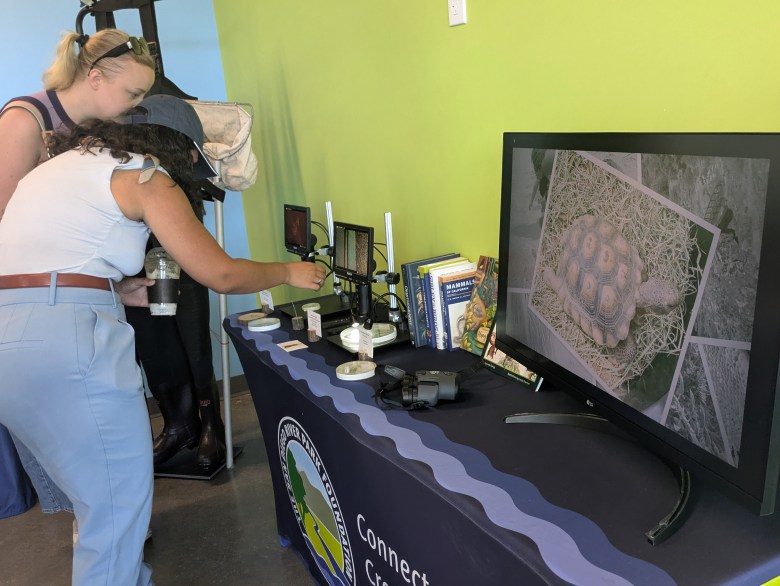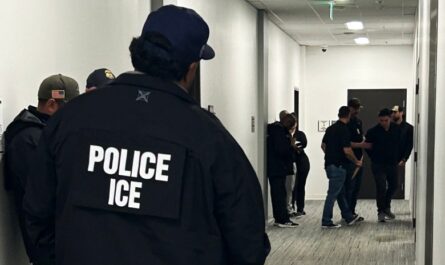Fifteen years in the making, volunteers and community leaders came together on Friday for a unique ribbon-cutting ceremony commemorating the opening of River Studios.
The San Diego River Park Foundation (SDRPF) is leading the construction of the new nature learning center in the center of Mission Valley, which is housed within Grant Park.
With its digital microscopes, aquariums, and remote sensing equipment, the facility hopes to pique students’ interest in protecting the environment. The foundation’s Cool River Education Program, which is anticipated to serve 10,000 students a year, will also be housed there.
According to Michael Schneider, chair of the foundation board, this park, this studio, and this neighborhood have been crucial to the vision for San Diego and our country. It’s a chance to unite the community, honor the environment, and get people thinking about what San Diego is all about—beyond just its beaches.
The 17-acre site, which was once an abandoned sand mine, was given to the foundation by the Grant family of San Diego, starting the lengthy process of building a STEM teaching center with an outdoor focus.
Private donations and community efforts helped the organization recently surpass its $13 million fundraising target. This includes $500,000 in government funds that was obtained with the assistance of third-generation San Diegan and Democratic Representative Sara Jacobs.
The center will help assure equal access to STEM education for students who lack easy access to San Diego’s natural beauty, according to Jacobs, who traveled from Washington, D.C., to speak at the ceremony.
Center officials said they will concentrate on local Title 1 schools to eliminate opportunity gaps, with the goal of serving the more than 70,000 students within 15 minutes of Grant Park.
The organization also pledged that all core programming would be free and that more than 80% of students would come from underprivileged communities.
According to Jacobs, this studio will serve as a vital link between students from marginalized communities and the natural world, offering experiential STEM education and fostering the development of lifelong environmental stewards.
Raul Campillo and Stephen Whitburn, two San Diego council members who helped cut through the red tape and expedite the permitting process, also made appearances at the ceremony, Schneider said.
Campillo stressed the center’s goal of reestablishing children’s connection to nature, particularly the San Diego River, which flows through the park and close to the studio, in his speech to volunteers and donors.
Although he praised Mission Valley as a unique location, he pointed out that if the neighborhood only concentrates on housing and employment without encouraging young people to interact with the outside world, it may fall short.
Get neighborhood news in your inbox. It’s free and enlightening.
Become one of the 20,000+ individuals who receive breaking news alerts and the Times of San Diego in their inbox every day at 8 a.m.
Weekly updates from San Diego communities have also been provided! You acknowledge and agree to the terms by clicking “Sign Up.” Choose from the options below.
According to Campillo, it must also be about thinking back on the past and motivating the future. No great civilization in human history has ever gazed upon a river and declared, “This is where our heart will be.”
Through a collaboration with the San Diego River Artists Alliance, the studio intends to incorporate an artistic element in the future, showcasing the creations of regional artists.
Rob Hutsel, the president and CEO of the park foundation, said that student visits would start as early as September.
“I am confident that the children will enter this building, feel motivated, and realize that we will work together to learn from our history and create a better future,” Campillo added.
This is the pivotal moment, the cascade that will change the area.

 by
by 

